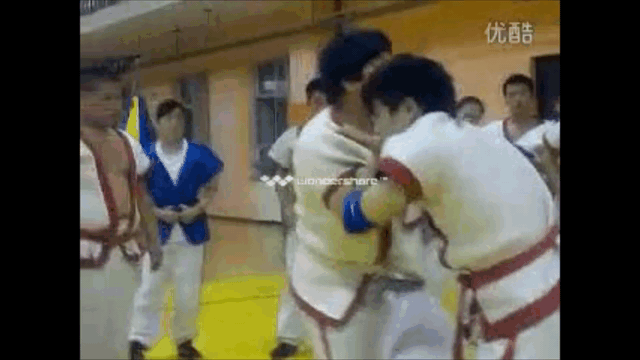Oily Dragon
Senior Master
That's another big difference between Wing Chun and other southern CMA. Wing Chun teaches the same concept for bong Sau, but in a more limited range of stances and applications.
If you start comparing pics of bong sau you should see it. There is a whole lot more to bong sao, like Shaolin Chan methods like the Single Finger Questioning Hand.
If you start comparing pics of bong sau you should see it. There is a whole lot more to bong sao, like Shaolin Chan methods like the Single Finger Questioning Hand.
Last edited:

